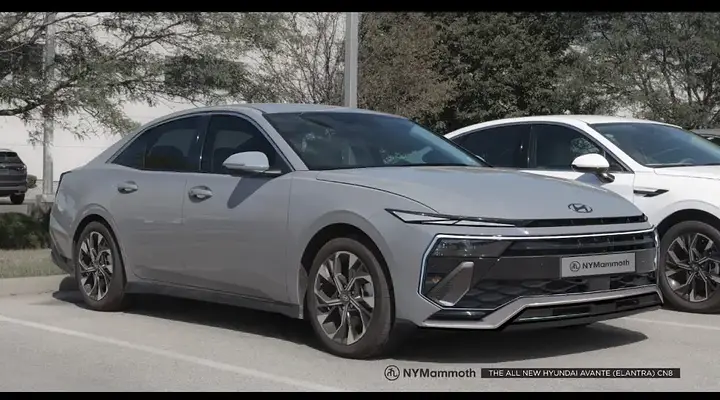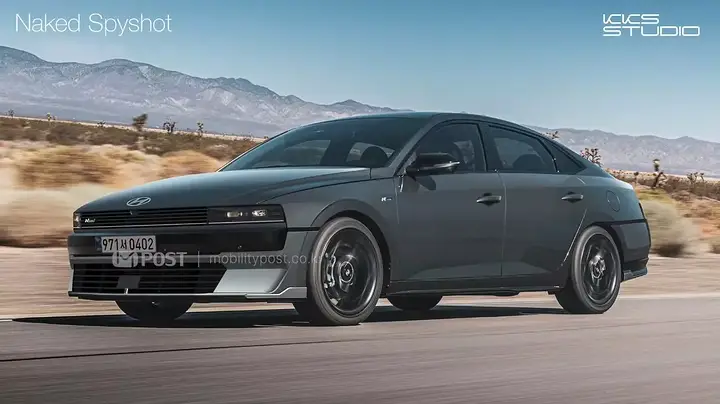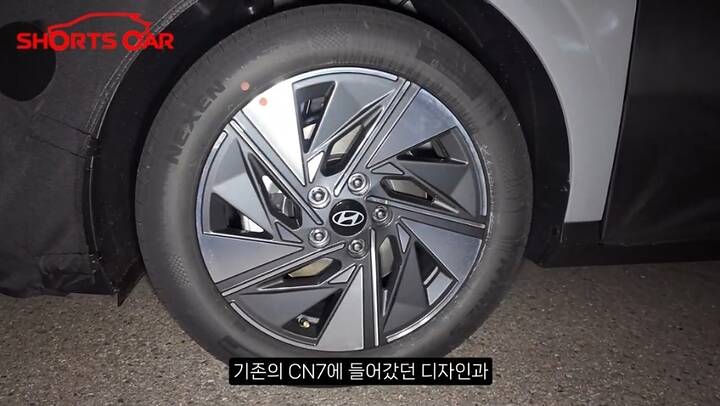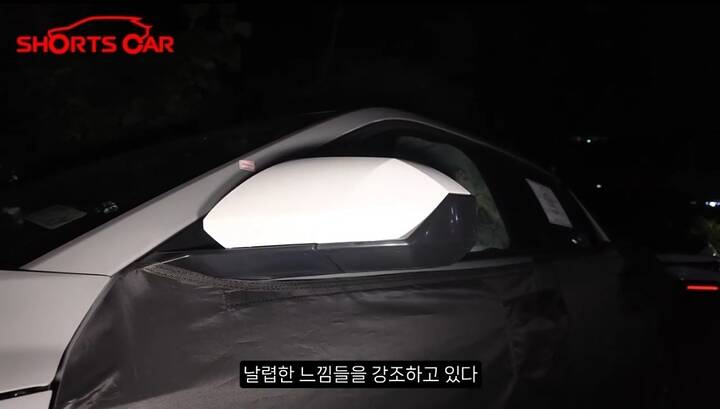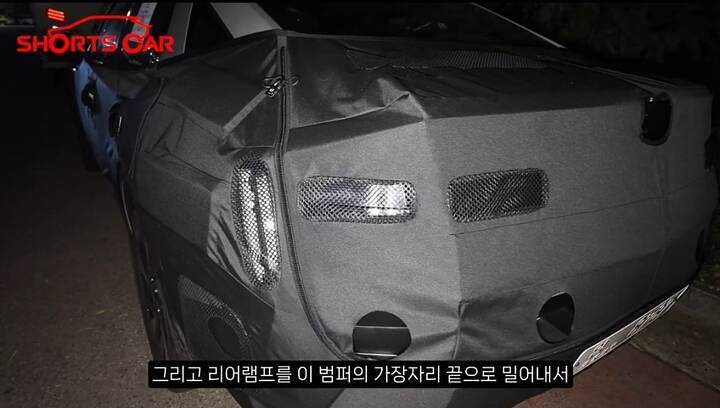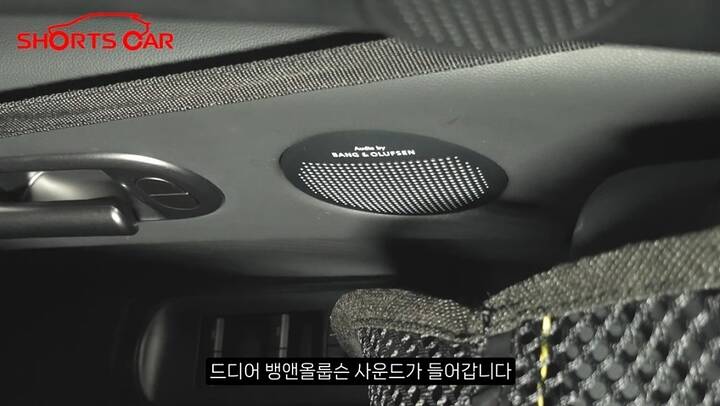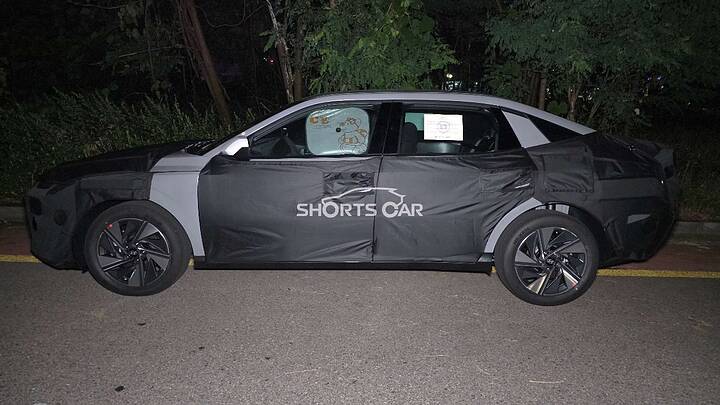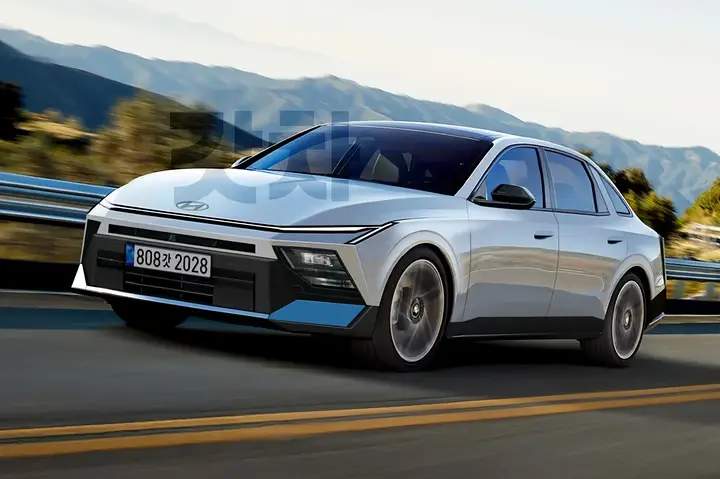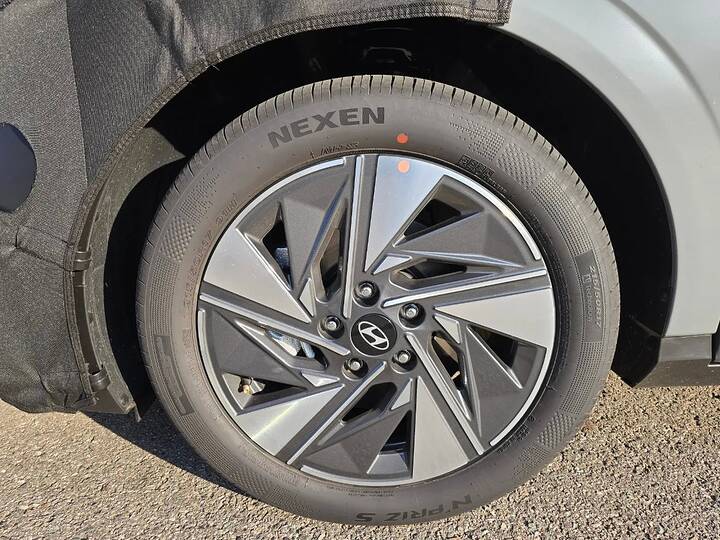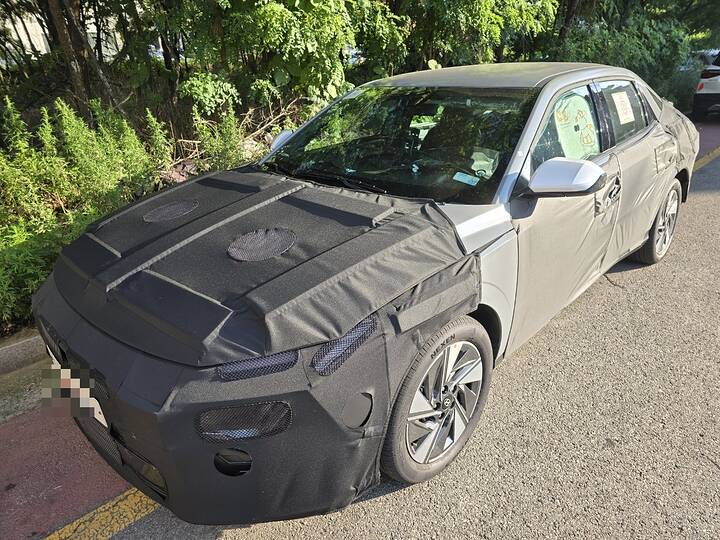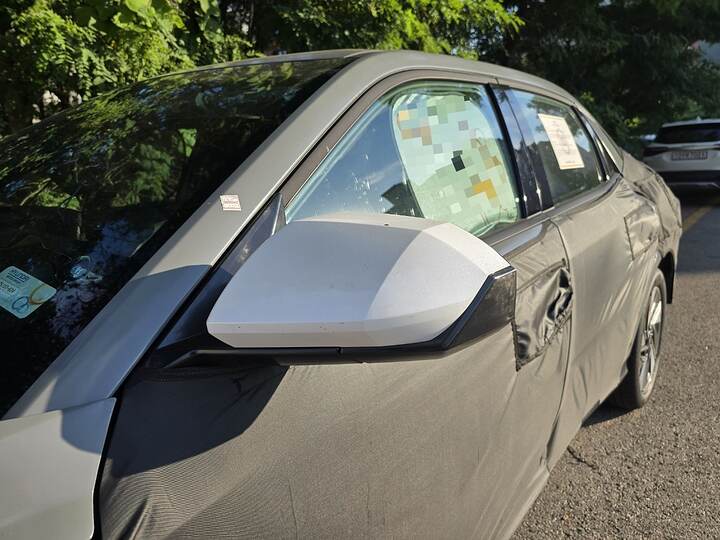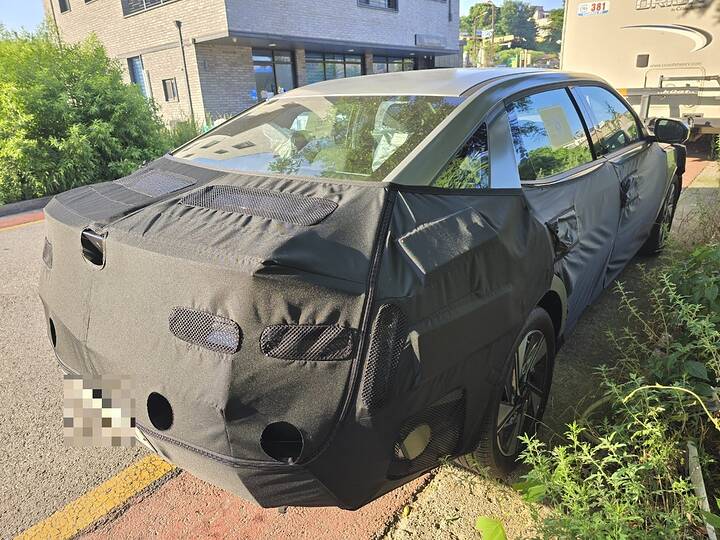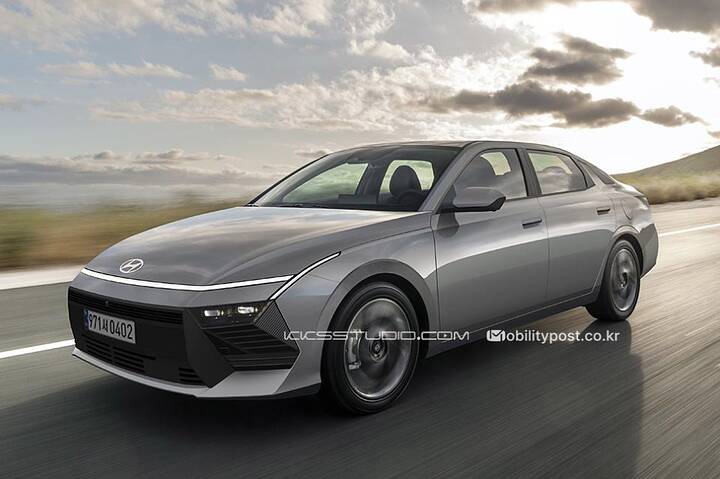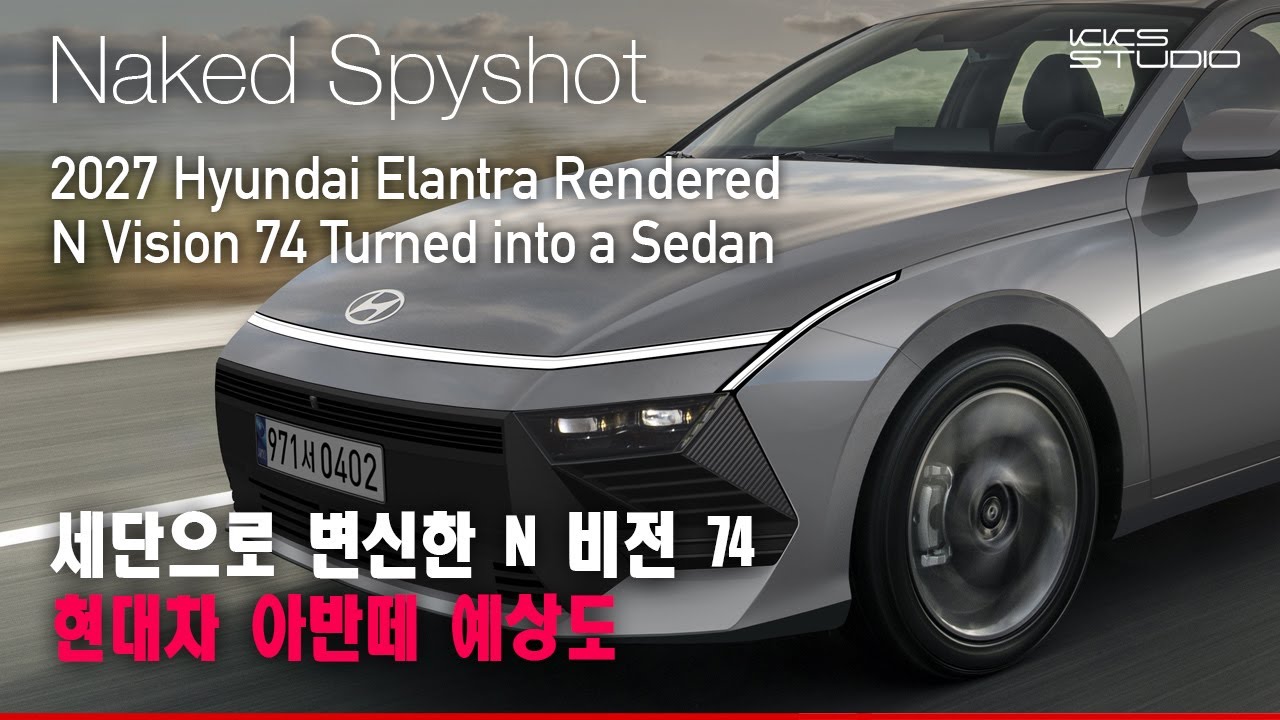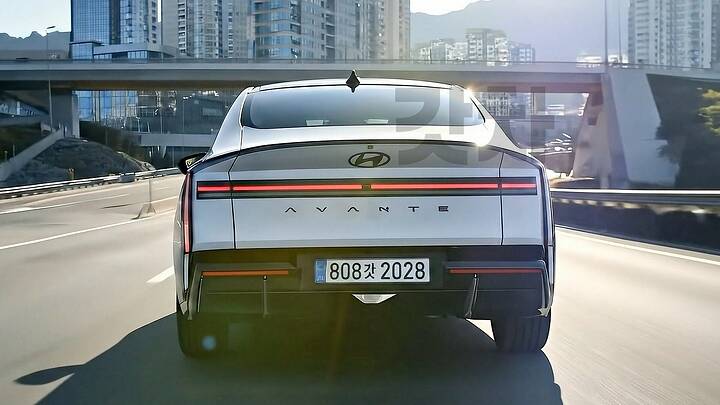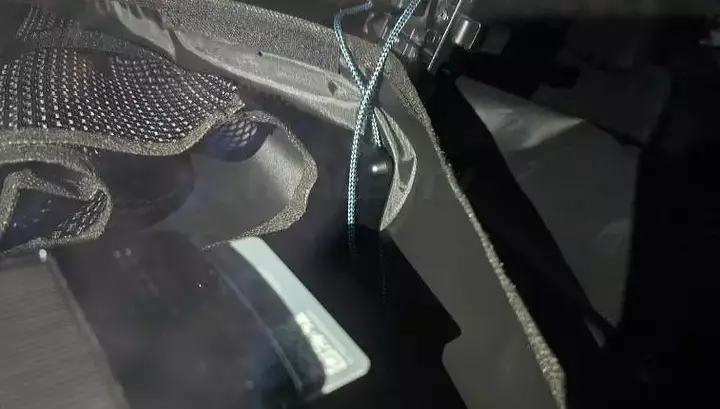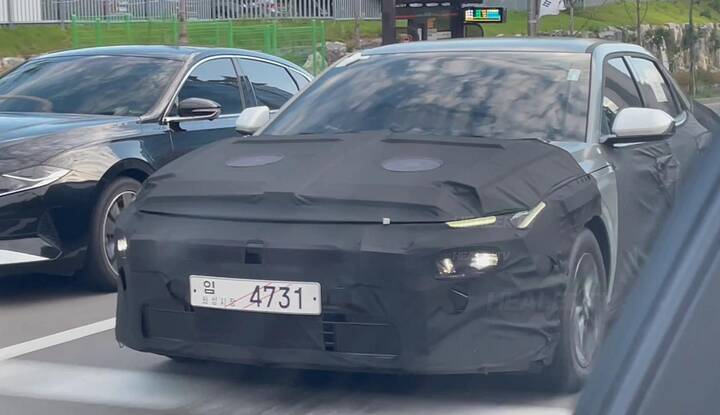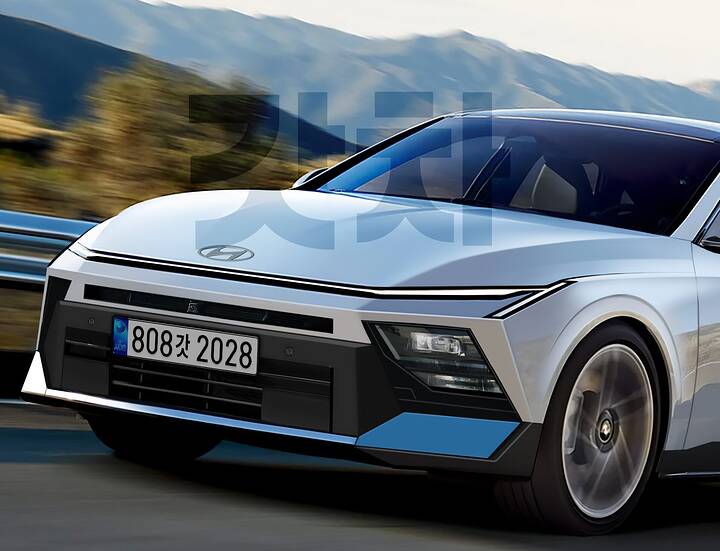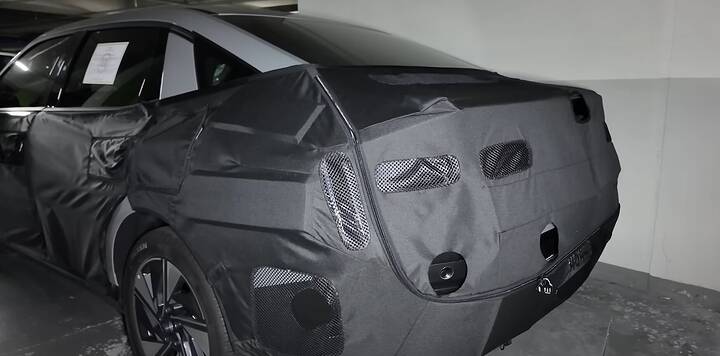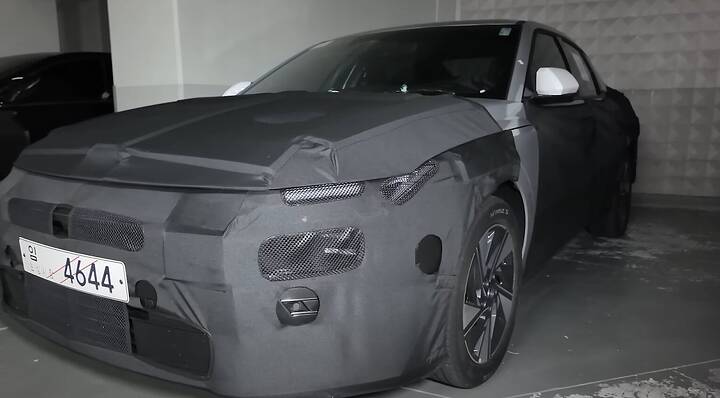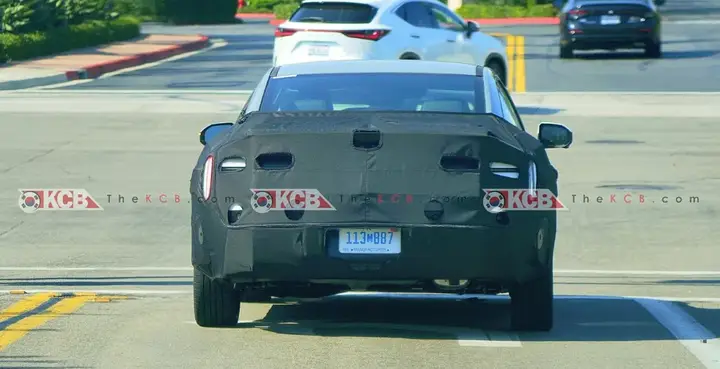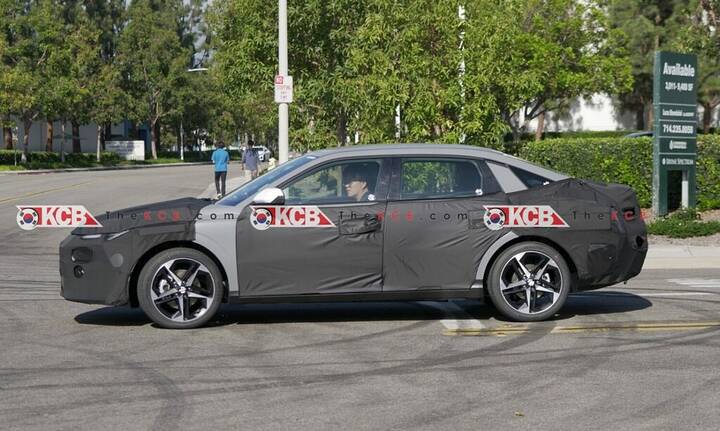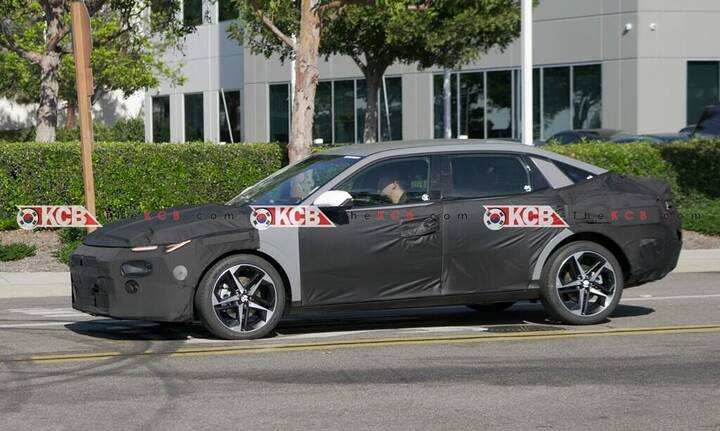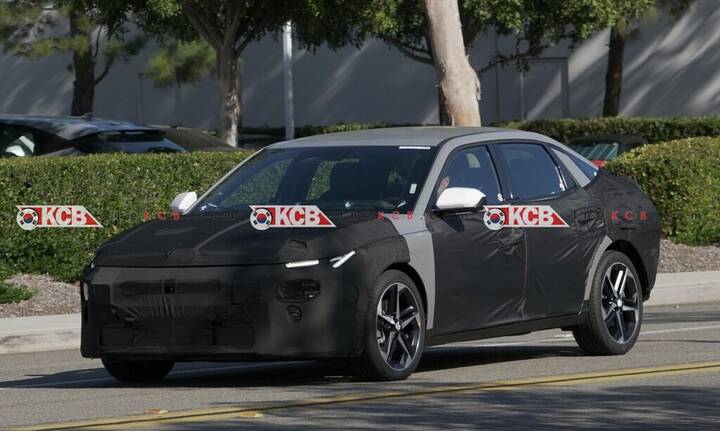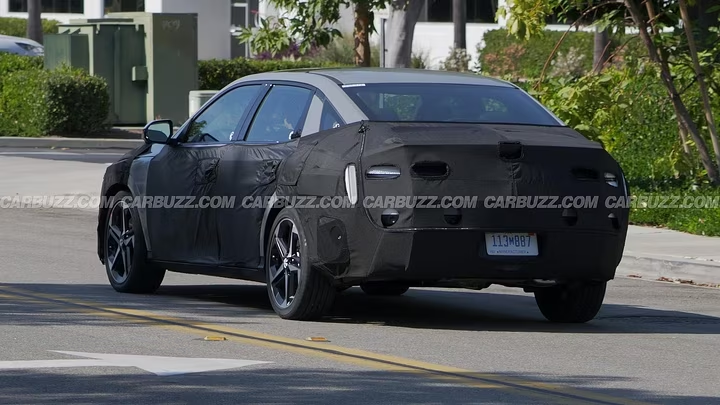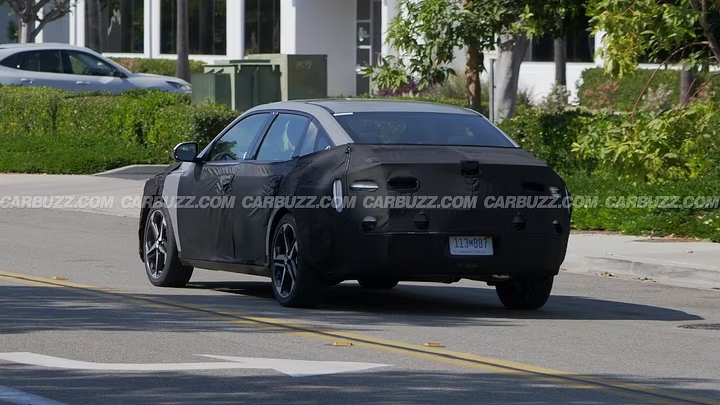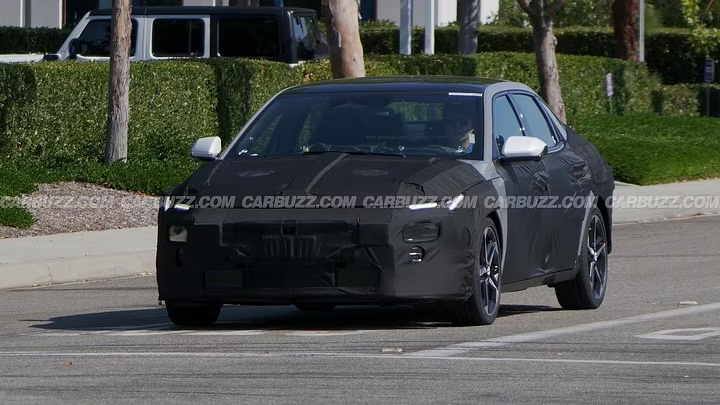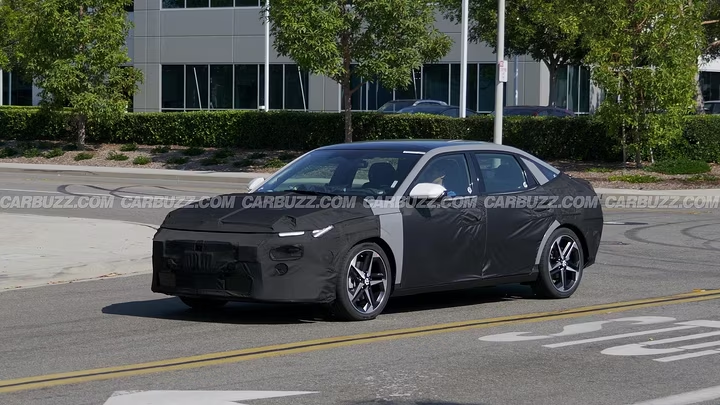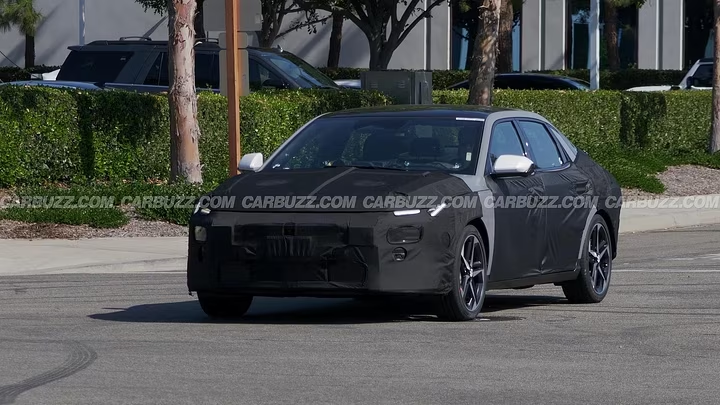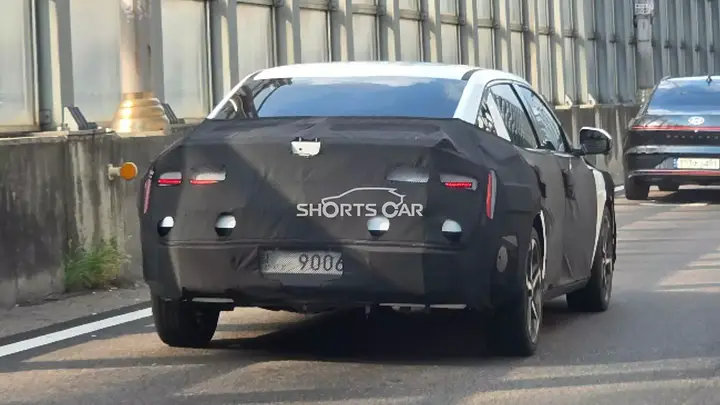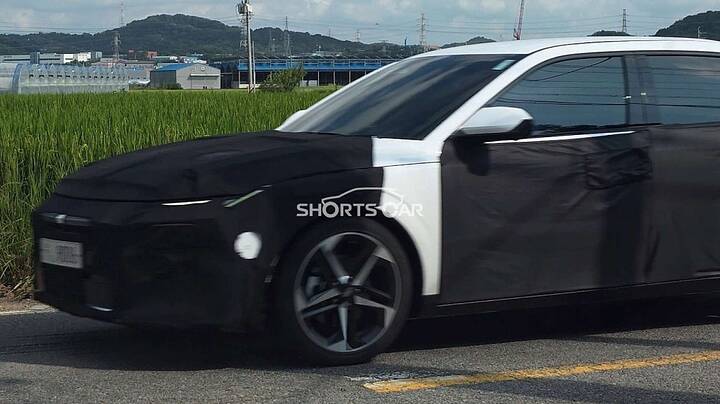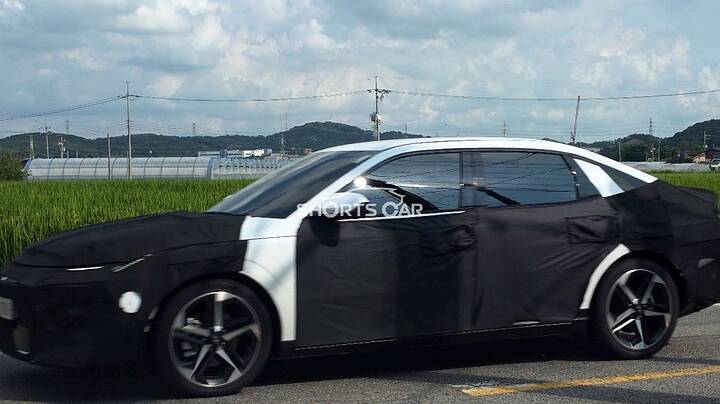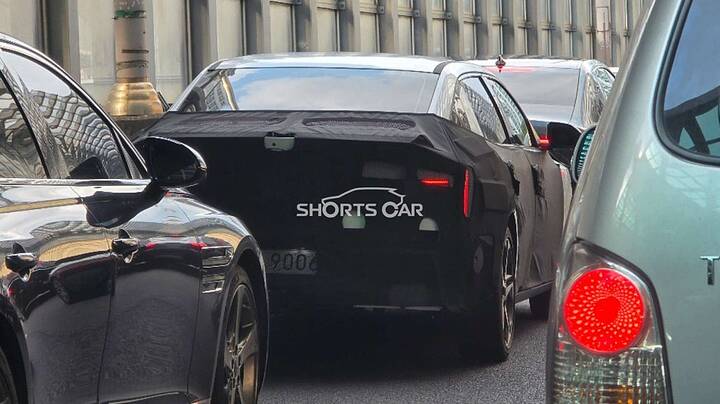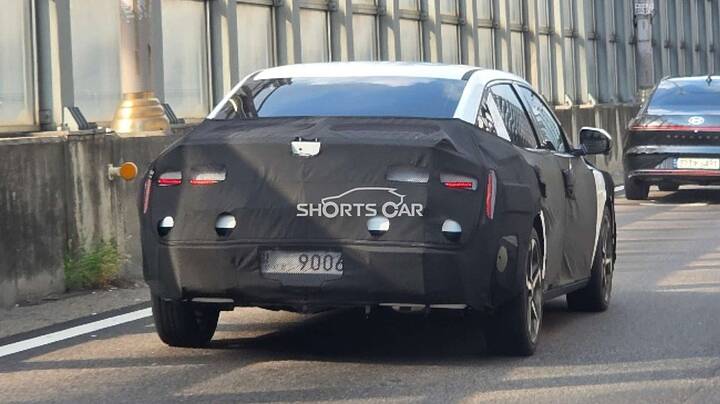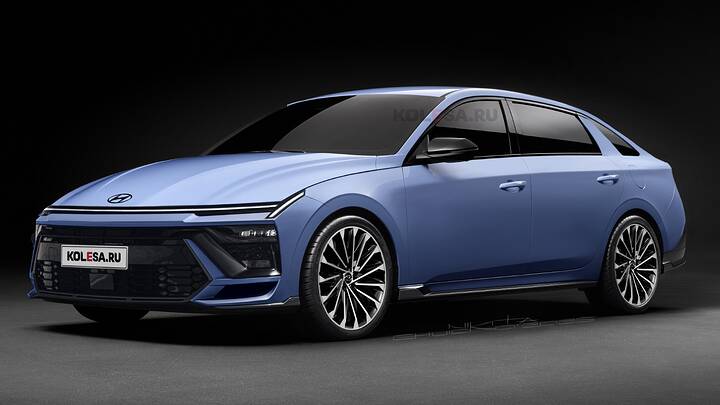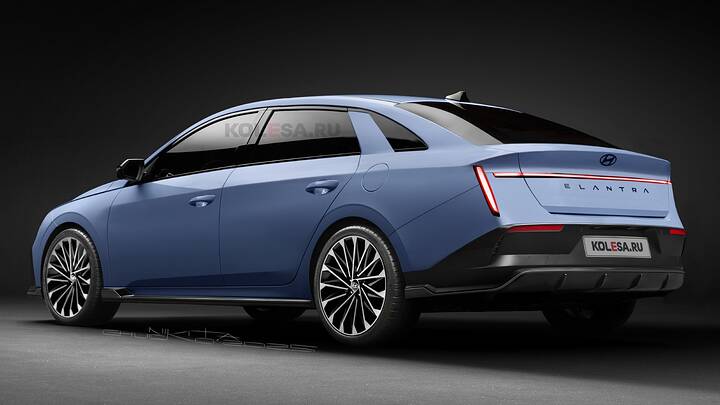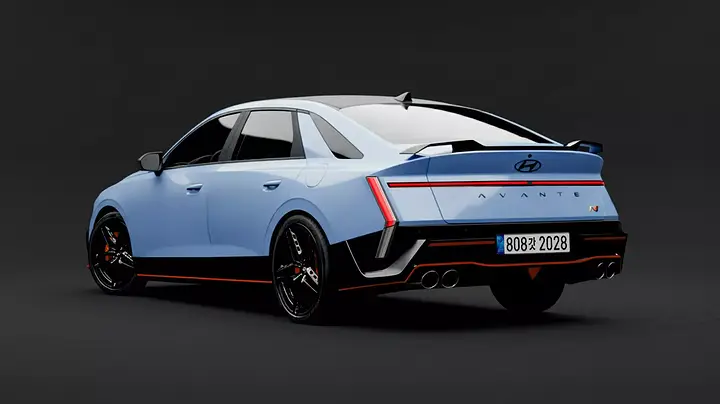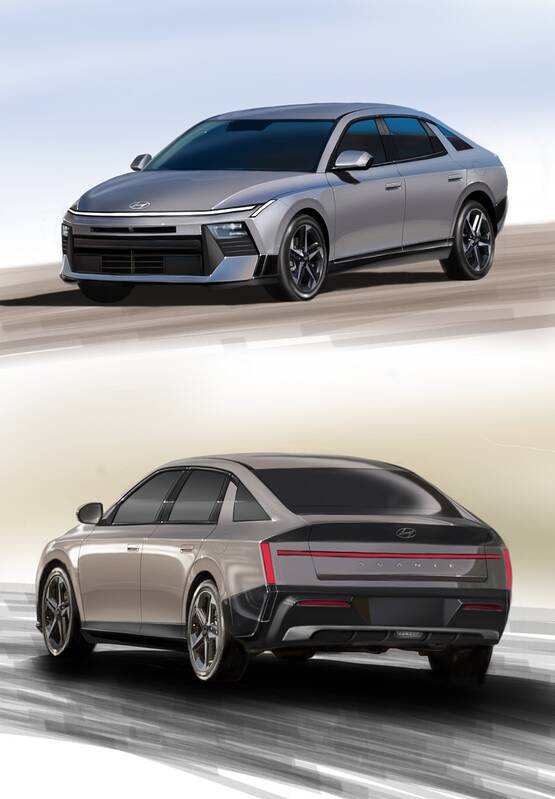The upcoming Elantra is expected to retain Hyundai’s third-generation platform, ensuring structural rigidity and driving dynamics remain intact. While the base models will likely continue with the existing powertrains, the N performance variant is rumored to receive a thrilling 2.5-liter turbocharged gasoline engine, elevating its performance capabilities.
2026 Hyundai Elantra Revealed: Eighth-Gen Sedan Gets Radical N Vision 74 Makeover
Exclusive renderings show production-ready design as Hyundai delays EV transition for its compact sedan
The compact sedan segment may be shrinking, but Hyundai isn’t giving up without a fight. Fresh renderings from our colleagues at Gotcha Cars reveal the production-ready front end of the eighth-generation Hyundai Elantra (known as Avante in South Korea), and it’s a stunner.
Following our exclusive first look at initial renderings just days ago, these new images represent approximately 90% of the final production design—and they suggest Hyundai is taking some serious design risks with its mainstream sedan.
ICE Lives On: EV Strategy Delayed
In a surprising strategic shift, industry sources confirm that Hyundai has decided to extend the Elantra’s internal combustion engine lifecycle due to delays in the company’s broader electrification timeline. Rather than transitioning to a fully electric sedan, the 2026 Elantra will arrive as an extensively redesigned ICE model, at least initially.
Source: autospy.net
This decision reflects the challenging realities facing automakers as they navigate the transition to electric powertrains while maintaining profitability in increasingly niche segments like compact sedans.
Design Revolution: N Vision 74 DNA
The most striking aspect of the new Elantra is its dramatic design transformation, drawing heavy inspiration from Hyundai’s show-stopping N Vision 74 concept—a retro-futuristic homage to the iconic Pony Coupe that captured enthusiasts’ imagination worldwide.
The production Elantra translates the concept’s bold geometric language into a surprisingly aggressive sedan silhouette. The front fascia abandons Hyundai’s current cascading grille philosophy in favor of sharp, angular lines that create a distinctly rectangular form factor.
Coupe-Like Proportions, Sedan Practicality
Perhaps most intriguingly, Hyundai is positioning the new Elantra as a “coupe-inspired sedan,” emphasizing dramatic proportions over traditional three-box sedan architecture. The design team has crafted a low, wide stance that projects youthful dynamism—a crucial consideration in a segment increasingly dominated by crossovers.
The side profile showcases flowing lines that culminate in muscular rear fender treatments, giving the Elantra an unexpectedly aggressive, almost muscle-car-like presence. This represents a bold departure from the conservative styling typically associated with mainstream compact sedans.
Lighting Signature and Future Family DNA
The horizontal LED lighting signature previewed in these renderings will reportedly extend beyond the Elantra, appearing across Hyundai’s upcoming model range including the next-generation Nexo fuel cell vehicle. This suggests a coordinated design evolution across the brand’s entire lineup.
The lighting treatment emphasizes width and creates a distinctive nighttime signature that should help the Elantra stand out in crowded parking lots and busy streets.
Powertrain Continuity Amid Design Revolution
While the exterior undergoes radical transformation, the mechanical package remains largely familiar. The current Elantra’s powertrain lineup—including the 1.6-liter naturally aspirated gasoline engine, available LPG variant for specific markets, and hybrid option—will carry forward largely unchanged.
This strategy allows Hyundai to invest development resources in the dramatic styling overhaul while maintaining proven mechanical reliability and cost-effectiveness.
The hybrid variant deserves particular attention as one of the more fuel-efficient options in the compact sedan segment, potentially offering over 50 mpg in optimal conditions.
Market Context: Fighting for Sedan Survival
The 2026 Elantra enters a challenging marketplace where compact sedans face declining sales and intense competition from crossovers. Traditional rivals like the Toyota Corolla, Honda Civic, and Nissan Sentra continue to hold market share, but overall segment volume continues shrinking.
Hyundai’s bold design strategy appears aimed at attracting younger buyers who might otherwise gravitate toward crossovers or used cars. The coupe-inspired styling could help differentiate the Elantra from more conservative sedan alternatives.
Competitive Implications
The radical design represents a significant gamble. While it may attract attention and conquest buyers, it could also alienate traditional sedan customers who prefer understated styling. This approach mirrors Hyundai’s successful strategy with models like the distinctive Sonata, which gained market share through bold differentiation.
If successful, the Elantra’s design direction could influence other mainstream sedans to adopt more adventurous styling, potentially revitalizing a segment many consider moribund.
Production Timeline and Market Launch
Hyundai plans to unveil the eighth-generation Elantra sometime in 2026, likely as a 2027 model year vehicle. The timing coincides with typical seven-year model cycles and allows Hyundai to incorporate lessons learned from current-generation sales performance.
Given the extensive design overhaul, expect Hyundai to leverage the new Elantra heavily in marketing campaigns aimed at repositioning the brand as a design leader rather than simply a value proposition.
The Bottom Line
The 2026 Hyundai Elantra represents one of the most dramatic design transformations in the compact sedan segment in recent memory. By channeling the N Vision 74’s bold aesthetic language into a production sedan, Hyundai is making a clear statement about its design ambitions.
Whether this radical approach resonates with mainstream buyers remains to be seen, but it certainly ensures the Elantra won’t be ignored in an increasingly crowded automotive landscape. In a segment fighting for relevance, sometimes bold risks are exactly what’s needed.
Success will ultimately depend on execution—both in terms of build quality and whether the production version captures the concept’s dramatic presence. Based on these early renderings, Hyundai appears committed to delivering something genuinely distinctive.
Hyundai Elantra has been caught testing for the first time with Hyundai’s new PLEOS Connect infotainment system completely undisguised.
Source: thekoreancarblog.com
The upcoming Hyundai Elantra 2026 model has been previewed through spy shots, revealing a substantial redesign from its predecessor.
The new Elantra is expected to feature a distinctive lighting design, with a two-tiered headlight setup and a unique rear light configuration.
The vehicle’s side profile will also see changes, with a departure from the current angular stamping in favor of a style reminiscent of the Hyundai Grandeur.
On the technical front, the new Elantra is anticipated to offer a 1.6L turbocharged engine and a hybrid option.
Source: www.kolesa.ru

